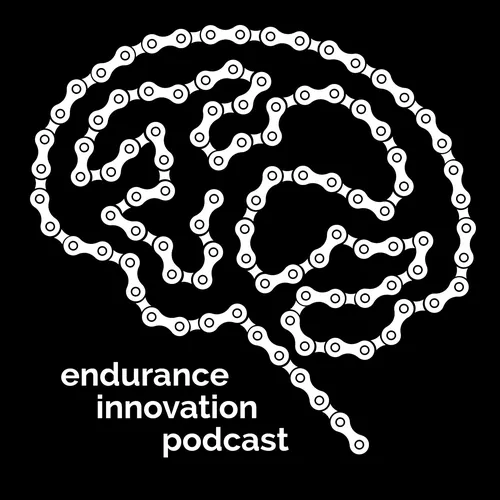Mikael Eriksson on HR-Based Training
- Author
- Michael Liberzon
- Published
- Thu 15 Jul 2021
- Episode Link
- https://zencastr.com/z/YWXF5hBM
Endurance Innovation is now on Patreon! Have a peek at our page and show us some love.
- 3:45 what can monitoring HR during training tell us?
- A good proxy for non-invasive measurement of internal load
- 5:30 how does Mikael use HR in coaching
- Typically a secondary metric to provide context to pace and power metrics
- 8:15 difference between value of using HR as a primary metric in beginner vs advanced athletes
- 9:45 is HR ever a primary metric? Specifically in longer endurance efforts.
- 14:00 testing or estimating LT1 / AeT
- 75% - 80% of MaxHR
- Maintaining HR with no drift over constant power on long efforts. This one is tricky.
- Lactate test
- HR doesn’t change much over time
- Talk test
- HRV Dfa A1 analysis
- 19:45 cardiac drift / aerobic decoupling
- Is it useful?
- Ed Coyle paper
- Largely caused by hyperthermia & dehydration
- May be partially caused by gradual glycogen depletion in working motor units
- 28:30 what do you infer from a workout with abnormally high HR
- Environmental: heat or altitude
- May be caused by illness, but not well understood
- Stimulants like caffeine
- Post COVID recovery?
- 33:45 what do you infer from a workout with abnormally low HR
- When combined with a higher-than-expected RPE, is a sign of overreaching
- When the decline is steady, and gradual over a long time horizon, it could be a sign of improving aerobic fitness
- Maybe glycogen depletion when looking at high intensity training sessions
- 39:00 Mikael’s thoughts on training using RPE only
Check out Scientific Triathlon and listen to Mikael's excellent podcast That Triathlon Show wherever you get your podcasts.
